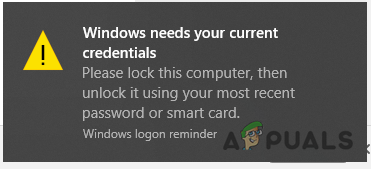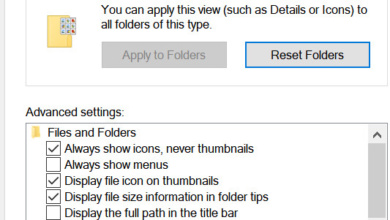How to Disable Folder Options of File Explorer?
Folder Options in File Explorer or File Explorer Options allow users to change the way files and folders open and some other advanced settings. This can also be used to show or hide hidden files on your system. It can be accessed through the View tab in File Explorer or some other methods. However, the administrator can disable access to the Folder Options. That will prevent standard users from changing the Folder Options. In this article, we will provide methods through which you can easily disable the Folder Options.

The setting to disable the Folder Options can be found in the Local Group Policy Editor. However, the Local Group Policy Editor isn’t available on the Windows Home Edition. Therefore, we have also included the Registry Editor method through which you can also disable the Folder Options.
Disabling Folder Options through the Local Group Policy Editor
There are some additional settings for the operating system that cannot be found in the Control Panel or Settings app. The Local Group Policy Editor has all those additional settings through which an administrator can adjust their system for other users. Folder Options can also be disabled by just enabling a specific setting in the Local Group Policy Editor. Check the below steps to see how it works:
Note: If you are using a Windows Home Edition, then skip this method and try the Registry Editor method.
- Press the Windows + R keys together on your keyboard to open a Run dialog. Type “gpedit.msc” in the run box and press the Enter key to open the Local Group Policy Editor.
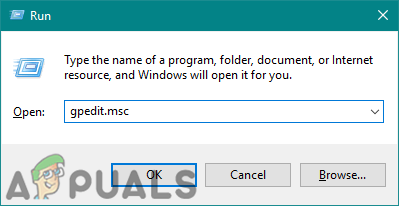
Opening Local Group Policy Editor - In the Local Group Policy Editor window, navigate to the following setting:
User Configuration\Administrative Templates\Windows Components\File Explorer\
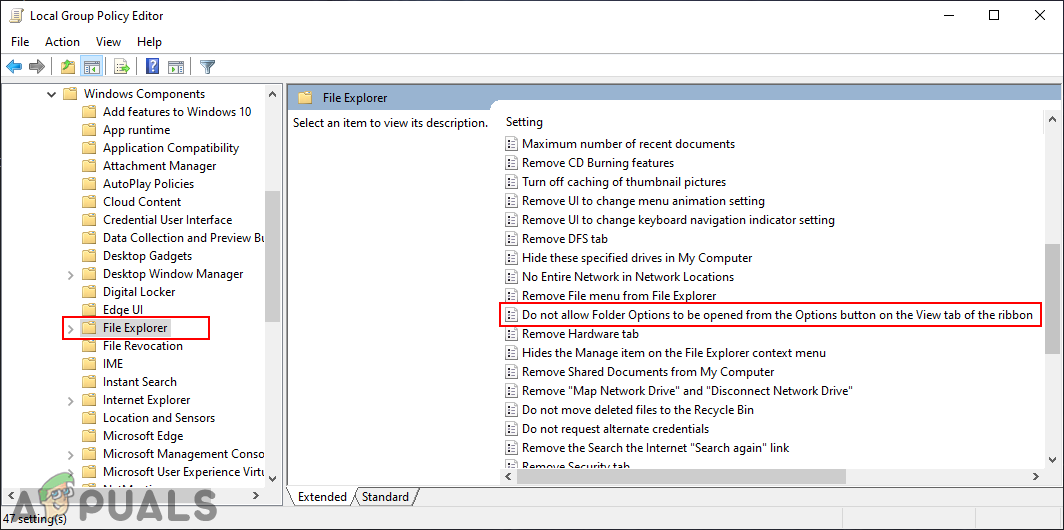
Navigating to the setting in the Local Group Policy Editor - Double-click on the setting named “Do not allow Folder Options to be opened from the Options button on the View tab of the ribbon“. It will open in a new window, change the toggle from Not Configured to Enabled.
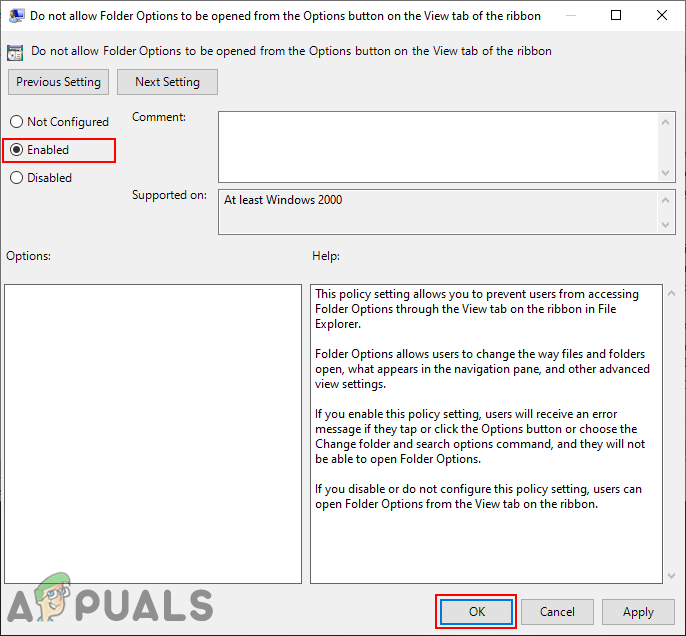
Enabling the setting - After changing the toggle option, click the Apply/Ok button to save the changes. This will disable the Folder Options or File Explorer Options.
- To Enable the Folder Options back on your system, simply change the toggle option back to the Not Configured or Disabled option in step 3.
Disabling Folder Options through the Registry Editor
Another way to disable the Folder Options is by using the Registry Editor. In this method, users will need to apply some technical steps to enable the setting similar to the Local Group Policy setting. The user will need to manually create the missing key and value for the setting. We also recommend users, to create a Registry backup before making any changes in their Registry Editor. Follow the below steps to try it out:
- Press the Windows + R keys together on your keyboard to open the Run dialog. Now type “regedit” in the Run box and press the Enter key to open the Registry Editor. If UAC (User Account Control) prompt appears, choose the Yes option.
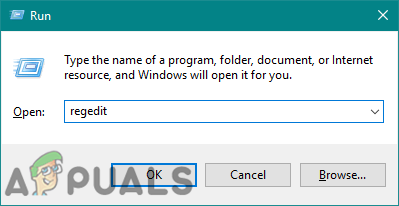
Opening the Registry Editor - In the Registry Editor window, navigate to the following key:
HKEY_CURRENT_USER\Software\Microsoft\Windows\CurrentVersion\Policies\Explorer
- Right-click on the right pane of the Explorer key and choose New > DWORD (32-bit) Value. Name the new value as “NoFolderOptions” and save it.
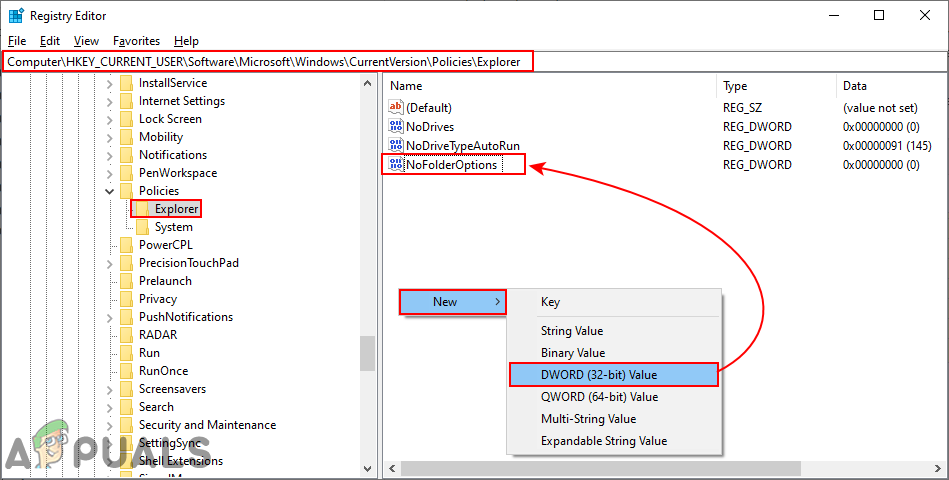
Creating a new value - Double-click on the NoFolderOptions value and change the value data to 1. Value data 1 will enable the value, due to which the Folder Options will be disabled.
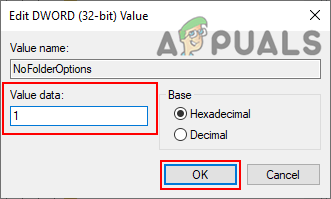
Enabling the value - After all the changes are made in the Registry Editor, make sure to restart your computer to let this setting take effect.
- To enable the Folder Options again, simply change the value data back to 0 or you can delete the value from the Registry Editor.



